Animalia

Great Horned Owl
Bubo virginianus



7 POINTS
• Bubo virginianus has a FLIGHT of 2
• Bubo virginianus is the most widely distributed true owl in the Americas

Llama
Lama glama


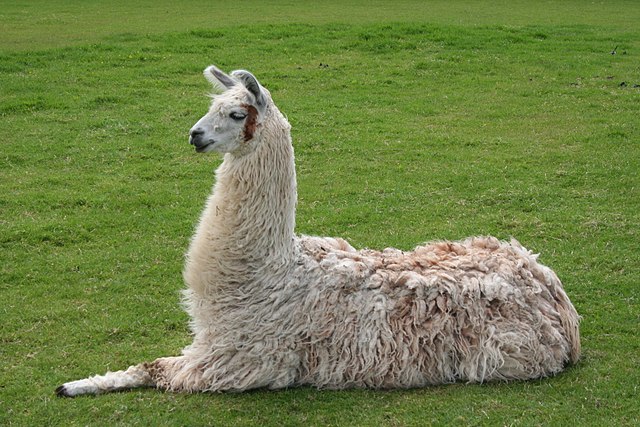
3 POINTS
• Lama glama has a MOVE of 2
• An “Orgle” is the mating sound of a male Llama. It sounds like gargling.

Pharaoh cicada
Magicicada septendecim

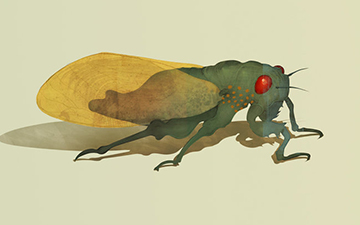
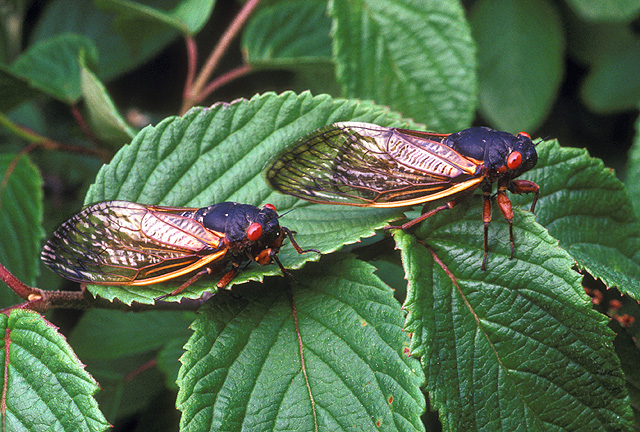
4 POINTS
• Magicicada septendecim has a FLIGHT of 2
• Magicicada septendecim is also sometimes known as the 17 year locust

Snowy Owl
Bubo scandiacus

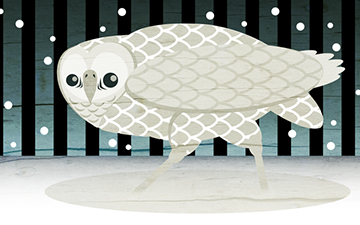

8 POINTS
• Bubo scandiacus has a FLIGHT of 2
• Snowy owls store extra food on a perch. One snowy owls had a pile of 26 extra lemmings stored at one perch.

Saddled Bichir
Polypterus enlicheri

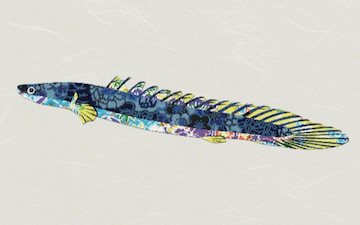
8 POINTS
• Polypterus enlicheri has a MOVE of 2.
• Polypterus enlicheri has poor eyesight. It primarily hunts by smell.

Domestic Cat
Felis catus

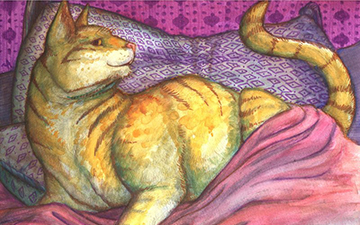

4 POINTS
• Felis catus has a MOVE of 2
• Cats are common pets in Europe and North America, and their worldwide population exceeds 500 million